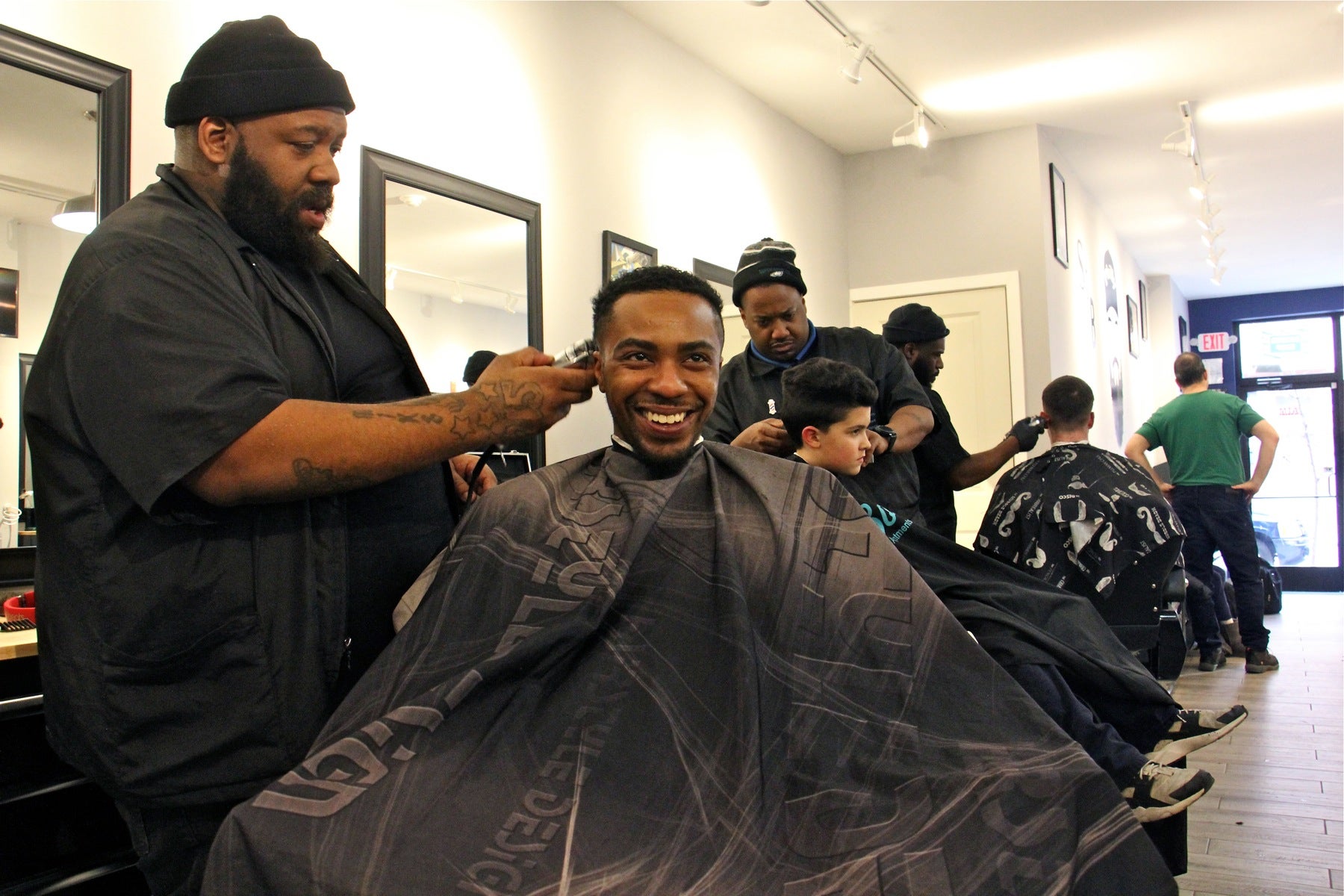Essential Sanitation Protocols Every Barber Must Steer Clear of for Maximum Customer Safety
Essential Sanitation Protocols Every Barber Must Steer Clear of for Maximum Customer Safety
Blog Article
Maintaining proper hygiene remains crucial for all profession which involves personal contact among clients, especially within the barber industry. Hairdressers hold an important part in helping people look and become their finest, but this duty comes alongside the necessity for strict sanitary practices. For the well-being of customers and stylists alike, there are numerous critical hygiene measures that should be avoided. Understanding these measures can help guarantee a clean and secure setting in barbershops.
One of the most common hygiene mistakes barbers should prevent is the recycling of individual grooming tools without proper cleaning. Instruments such as shears, clippers, and combs can harbor germs and pathogens if they are not sterilized after each use. Stylists should consistently disinfect their instruments with appropriate solutions or cloths after customers. Failing to do so could result to the transmission of diseases, which can have serious consequences for customers. Establishing a routine for sanitizing and disinfecting instruments is not just a best practice; it is a vital aspect of maintaining a safe work environment.
Another practice to prevent is overlooking to wash hands consistently. Stylists interact with multiple customers in a single-day shift, and their hands can easily accumulate bacteria and pathogens. It is essential for barbers to clean their skin thoroughly with soap and liquid before and after every customer. Additionally, using hand disinfectant can be an effective way to further minimize the transmission of germs. Skipping this step can compromise customer security and may result in infections or ailments that could have been easily prevented.
Proper sanitation of the barbershop environment is also vital. Stylists should refrain from ignoring areas that are often handled, such as seats, countertops, and waiting area seats. These surfaces should be disinfected and sterilized frequently to reduce the risk of cross-contamination. Creating a disinfection routine can assist stylists copyright a hygienic environment. This protocol not only safeguards customers but also improves the overall atmosphere, allowing clients feel more comfortable and valued.
Moreover, stylists should refrain from utilizing products that have not been stored or managed correctly. Cosmetic items such as gels, sprays, and oils can become contaminated if they are left unsealed or incorrectly kept. It is important for barbers to examine use-by labels and to store products in a cool, dry place. Throwing away any expired or questionable items is essential to ensure client well-being. Utilizing tainted products can lead to skin irritations or hypersensitivity reactions, which can tarnish a barber's credibility and harm clients.
In, Resources barbers have a duty to copyright high standards of hygiene to ensure the safety and health of their customers. By preventing the reuse of unsterilized instruments, overlooking hand hygiene, ignoring surrounding cleanliness, and using improperly stored products, stylists can create a safe and welcoming environment. Understanding and applying these essential hygiene practices not only protects customers from infections but also cultivates confidence and faithfulness. A sanitary barbershop is a successful barbershop, in which both stylists and customers can experience visit here confident and secure.